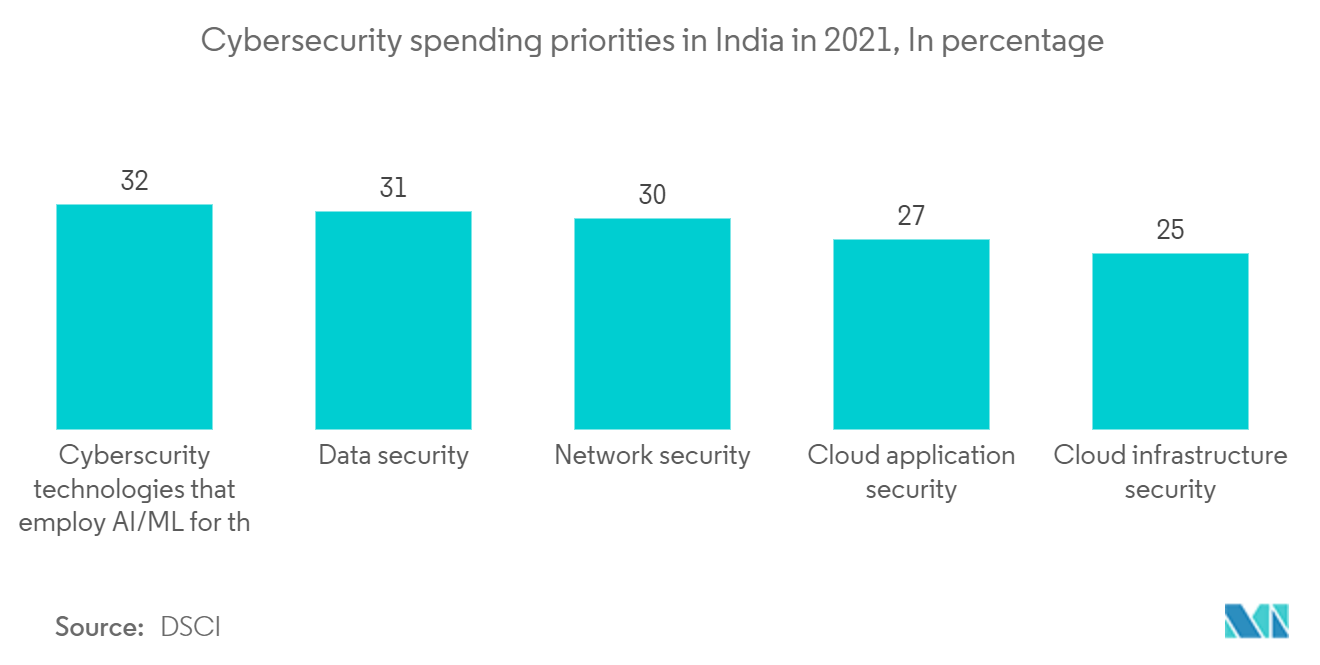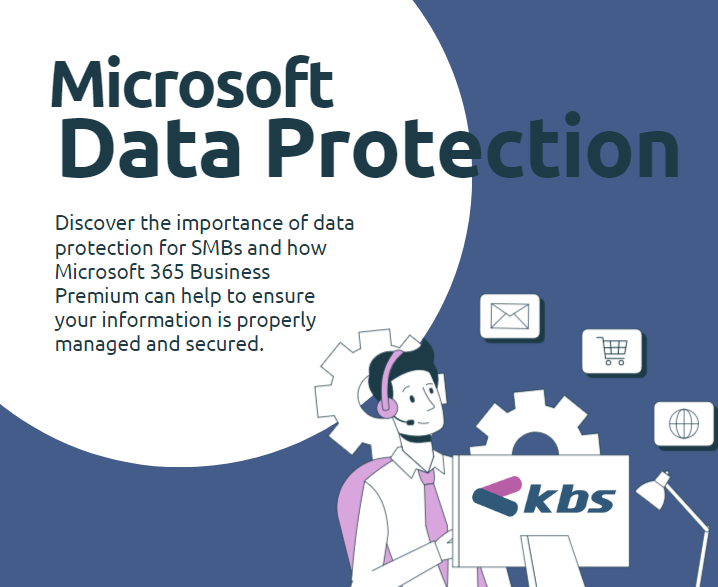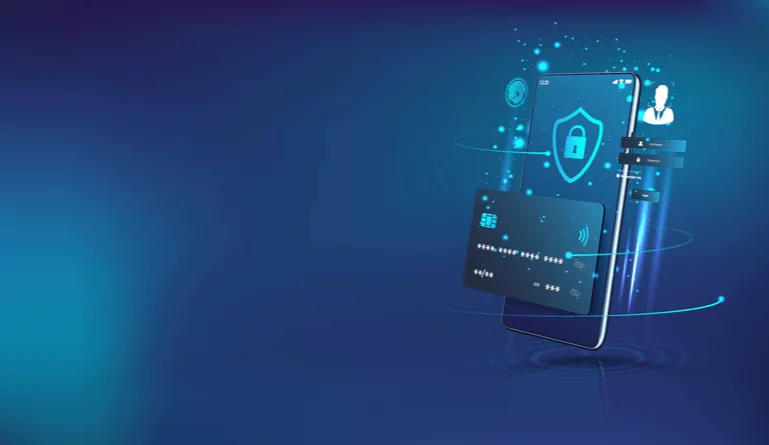Enterprise Security Growth in India is soaring, reflecting a significant shift in how businesses prioritize their cyber defenses. Over the past few years, this market has experienced a remarkable compound annual growth rate (CAGR) of at least 20%, driven by an increase in cyber threats and the demand for comprehensive security solutions. With insider threats gaining prominence, as evidenced by a ratio of 1.5 insider threats for every external one, Indian companies are urged to reassess their security strategies. Furthermore, the rise of IoT challenges necessitates the integration of advanced Identity Access Management (IAM) systems to protect against evolving vulnerabilities. As India’s economy expands, the landscape of cyber security India will continue to transform, emphasizing the importance of innovation and proactive measures in protecting enterprise assets and information.
The upward trajectory in enterprise security within the Indian market signifies a critical evolution in the realm of digital safety. As organizations aim to bolster their defense mechanisms against a backdrop of increasing cyber incidents, there’s a palpable shift towards innovative security solutions. This emerging trend showcases an urgent need for robust measures addressing not only external threats but also the insidious nature of insider risks. As businesses navigate the complexities introduced by the Internet of Things, a renewed focus on effective IAM will be crucial in ensuring comprehensive protection. Ultimately, the imperative to enhance security strategies is driven by both the escalating threat landscape and the necessity for businesses to maintain operational resilience.
The Rising Tide of Enterprise Security in India
The enterprise security market in India is experiencing remarkable growth, boasting a compound annual growth rate (CAGR) of at least 20% over the past two years. This rapid expansion is largely driven by a surge in cyber security incidents, which has increased the demand for robust security solutions among corporations. Experts predict that this upward trajectory will continue into the coming years, as organizations realize the necessity of prioritizing enterprise security not just as a shield against attacks, but as a crucial enabler for business growth. The statistics paint a clear picture: with every breach, the urgency for advanced security solutions intensifies.
As companies face the dual challenge of rising threats and the need for business continuity, the focus on enterprise security in India will only magnify. Programs such as Identity Access Management (IAM) are becoming more critical as businesses seek to safeguard sensitive data and control access more rigorously. In this evolving landscape, top organizations are increasingly investing in sophisticated security tools that not only address existing vulnerabilities but also anticipate future risks. The narrative surrounding enterprise security is shifting—no longer is it viewed merely as an IT requirement but as a strategic priority for company resilience and growth.
Navigating Insider Threats in the Evolving Security Landscape
Recent studies reveal a concerning trend in India’s security environment: insider threats have surged, with a ratio of 1.5 insider threats for every external threat. This alarming statistic signals that organizations must rethink their employee trust policies. While insiders such as employees were traditionally perceived as the main threats, today’s landscape includes service providers, contractors, and even customers. As companies expand their digital ecosystems and integrate more deeply with their value chain partners, the attack surface widens, increasing the potential for insider-related security breaches.
Organizations are responding to this new reality by investing in robust Data Loss Prevention (DLP) and Governance, Risk, and Compliance (GRC) solutions. These technologies are not only essential for protecting sensitive information but also play a crucial role in managing the increased complexity of insider interactions. This evolving approach to security emphasizes the importance of cultivating a culture of security awareness among employees and implementing stringent monitoring mechanisms. As the definition of ‘insider’ broadens, the need for comprehensive strategies to mitigate these risks—and to embrace employee awareness training—becomes increasingly evident.
The Challenges and Promises of IoT for Indian Enterprises
The rise of the Internet of Things (IoT) presents both significant challenges and opportunities for Indian businesses. While IoT technology promises to enhance efficiency and connectivity, it also considerably expands the attack surface that cybercriminals can exploit. CIOs and CSOs must grapple with the complexities of securing vast networks of interconnected devices, which compounds traditional security issues. As more devices come online, the imperative to safeguard device identities and ensure secure connectivity grows, particularly in industries like logistics and e-commerce that are lagging in IoT implementations.
Moreover, the dangers posed by poorly secured IoT devices are particularly concerning for sectors with less maturity in their cyber security postures. A failure to address basic security for Industrial Control Systems (ICS) could have devastating effects, raising vulnerabilities to ransomware and other cyber threats. Thus, implementing stringent identity and access management controls becomes critical as organizations move towards greater reliance on IoT. Embracing a proactive approach toward IoT security not only protects enterprises but also positions them to take full advantage of the benefits that IoT can provide.
Strengthening IAM: A Key Focus for India’s Enterprises
Identity Access Management (IAM) is emerging as a critical area of focus within enterprise security frameworks in India. Historically, many companies have overlooked IAM principles such as single sign-on and identity management. However, with escalating breaches and compliance requirements, there’s a growing recognition of the importance of effective IAM solutions in safeguarding organizational data. As businesses scale and digital adoption accelerates, systems to manage access and identities have become indispensable, reducing unauthorized access and protecting sensitive information.
CIOs are now more receptive than ever to investing in IAM technologies, as these solutions not only mitigate security risks but also optimize business processes. By integrating IAM systems, organizations can streamline user provisioning and enhance compliance with regulatory standards while boosting operational efficiency. The forward-thinking companies that prioritize IAM are likely to enjoy a competitive advantage, as they safeguard their digital assets and cultivate trust with their customers.
Addressing Cybersecurity Trends and Predictions for 2016
The cybersecurity landscape in India is entering a transformative phase in 2016, as organizations brace themselves for an uptick in breaches and more sophisticated attacks. As a response, CIOs are moving beyond reactive measures to adopt proactive strategies that turn security into a fundamental business enabler. Industry experts anticipate that technologies like DLP, SIEM, and advanced persistent threat (APT) solutions will take center stage as organizations seek out ways to secure their environments actively.
Moreover, the integration of analytics into security frameworks is becoming increasingly vital. Organizations are beginning to recognize that traditional security measures are insufficient against emerging threats and that analytics can provide deeper insights into potential risks. By embracing this data-driven approach, Indian enterprises can strengthen their defenses and enhance their capacity to respond to incidents swiftly and effectively. In essence, 2016 marks a pivotal year for cybersecurity in India, as businesses awaken to the critical role that robust security solutions play in achieving sustainable growth.
The Importance of Security Solutions Trends in India
Understanding current trends in security solutions is paramount for organizations looking to stay ahead of the curve. As the cybersecurity landscape evolves, businesses must arm themselves with knowledge of emerging technologies and methodologies that can enhance their defenses. For instance, AI and machine learning are increasingly being integrated into security solutions to automate threat detection and response, offering organizations unprecedented speed and accuracy in combating cyber threats.
Moreover, the shift towards cloud-based security solutions showcases a growing preference for scalable security capabilities that can adapt to dynamic business needs. As organizations transition to cloud infrastructures, leveraging comprehensive cloud security strategies is essential to protect sensitive data stored off-premises. The awareness of these security trends is instrumental for Indian enterprises to mitigate risks associated with digital transformation and ensure their long-term operational resilience.
Adapting to Evolving Mobile Security Requirements
As the use of mobile devices surges in enterprise environments, organizations must reassess their mobile security strategies to keep pace with evolving risks. Despite the relatively low number of transactional applications currently in use, the potential for mobile security threats is steadily increasing. Industries such as financial services and e-commerce face particularly heightened risks as they deploy more mobile applications that manage sensitive transactions.
To effectively combat these threats, companies should adopt multifaceted mobile security approaches that include Mobile Application Management (MAM) and Mobile Device Management (MDM) solutions. Emphasizing application security and ensuring that apps are designed with security principles in mind are vital steps towards safeguarding users’ data. As mobile transactions become increasingly commonplace, securing mobile environments will no longer be optional but a necessity for organizations seeking to maintain trust with their customers.
Understanding the Vulnerability of SMBs in India’s Security Landscape
Small and Medium-sized Businesses (SMBs) are often perceived as less vulnerable to cyber-attacks compared to larger enterprises. However, recent assessments reveal that SMBs are, in fact, experiencing higher rates of compromise due to lower perceived value of their information. This can lead to a dangerous complacency surrounding security practices and pose significant risks when integrated into larger ecosystems. Indeed, the security landscape is shifting, with more SMBs becoming targets for cybercriminals seeking easy access to sensitive information.
As the market becomes increasingly interconnected, it’s paramount for SMBs to prioritize their security investments. This growing awareness must lead to stronger security frameworks that address the unique risks faced by smaller organizations. Evolving from a reactive to a proactive approach will help SMBs recognize the importance of cybersecurity and its correlation to their business viability. In a landscape where breaches can have costly consequences, prioritizing security can foster not only protection but also growth opportunities in new market landscapes.
Security Hardware Appliances Vs. Software Solutions: A Market Overview
As organizations continuously adapt to the changing cybersecurity landscape, the debate over the effectiveness of security hardware appliances compared to collective software-based solutions is gaining traction. While hardware components such as firewalls and intrusion detection systems remain essential, companies are increasingly looking towards software-based offerings for their potential to provide real-time insights and analytics. This shift is indicative of a broader trend where enterprises seek more adaptable, intelligence-driven security solutions.
The move towards software-based security solutions reflects a fundamental change in how security is perceived—not merely as a defensive mechanism but as a business enabler. Organizations that can consolidate their security measures into integrated platforms stand to benefit from enhanced visibility and more streamlined incident response capabilities. This transition indicates a future where investment in security will not only mitigate risks but also drive value creation for businesses across various sectors.
Frequently Asked Questions
What is driving the growth of enterprise security in India?
The enterprise security market in India is experiencing rapid growth, with a CAGR of at least 20% over the past two years. This growth is largely due to increasing cyber threats and breaches, which demand more robust security solutions. Organizations are recognizing that security is not just about mitigating incidents but also serves as a key enabler for business growth.
How are insider threats impacting enterprise security in India?
Insider threats in India are on the rise, with a ratio of approximately 1.5 insider threats for every external threat. This shift has led companies to reassess their trust in employees and invest more in security technologies like Data Loss Prevention (DLP) and Governance, Risk Management, and Compliance (GRC) to protect sensitive data from internal risks.
What role does IAM play in the growth of enterprise security in India?
Identity Access Management (IAM) is becoming increasingly crucial in the Indian enterprise security landscape. Many CIOs are now recognizing the importance of IAM, focusing on solutions like single sign-on and identity management, which are essential for securing access to sensitive information and improving overall security posture.
What challenges does the Internet of Things (IoT) present for Indian enterprises?
IoT presents significant challenges for Indian enterprises as it increases the complexity of managing security. With the proliferation of devices, companies need to ensure secure identity management for each device. The current market is not yet mature enough for advanced contextual security solutions, making it essential for companies to prioritize basic security measures before expanding into IoT.
How are small and medium-sized businesses (SMBs) addressing security threats in India?
SMBs in India often face greater security risks despite being perceived as less vulnerable due to the low value of their data. However, with the evolving digital landscape requiring integration with larger market systems, SMBs are beginning to prioritize security measures to protect their interests.
What security solutions are trending in the Indian enterprise security market?
The Indian enterprise security market is shifting towards software-based security solutions such as advanced threat protection (APT), security analytics, and user-centric security measures. Companies are increasingly moving beyond traditional hardware appliances to focus on securing applications and user identities, reflecting a more integrated and strategic approach to managing security.
How can CISOs better manage mobile device security in their organizations?
CISOs should focus on application security rather than just mobile device management (MDM). As enterprises move towards transaction-based applications, it’s essential to adopt security measures that authenticate both devices and applications, ensuring that sensitive data is protected from potential threats as business becomes more mobile.
What is the impact of the increasing number of breaches on enterprise security in India?
The rise in data breaches is contributing to heightened demand for comprehensive security solutions in India. As organizations face continuous threats, security is evolving from a mere compliance necessity to a strategic business enabler, enhancing processes and reducing risks associated with data management.
How should organizations respond to evolving threats in enterprise security?
Organizations must adopt a proactive approach to address evolving threats by investing in advanced security technologies, training staff on identifying insider risks, and prioritizing security measures that protect both applications and data, thus ensuring a resilient infrastructure against potential cyber incidents.
What future trends should enterprises in India expect in security solutions?
In the future, enterprises in India can expect a continued emphasis on sophisticated security solutions that leverage analytics and machine learning. IAM will play a pivotal role in enhancing security posture, while organizations will increasingly see security as a means to drive growth and improve operational efficiency.
| Key Point | Details |
|---|---|
| Rapid Market Growth | The enterprise security market in India is seeing a growth rate of at least 20% CAGR over the past two years. |
| Increasing Demand for Security | Rising breaches are transforming security into a critical business enabler, rather than just a defense measure. |
| Rise in Insider Threats | Insider threats in India are reported to be 1.5 times more frequent than external threats, emphasizing the need for closer scrutiny of personnel. |
| Focus on Advanced Security Solutions | Larger corporations in India are adopting advanced security solutions like DLP, SIEM, and APT, while smaller firms focus on basic protective measures. |
| Role of IoT and Identity Management | The expansion of IoT requires managing device identities, presenting new challenges for CIOs, alongside a growing interest in IAM. |
| Security Challenges for SMBs | SMBs in India are more vulnerable to security threats but often do not receive adequate attention due to the perceived low value of their data. |
| Evolution of Security Spending | Enterprises are shifting from viewing security as a cost to seeing it as an essential value for protecting critical information. |
| Market Trends Towards Software Solutions | As the market shifts towards IoT and software solutions, the demand for traditional security hardware is expected to decline. |
Summary
Enterprise Security Growth in India is showing promising trends as the market is poised for substantial advancements in 2016 and beyond. As organizations increasingly recognize the importance of robust security measures amidst a growing landscape of cyber threats, investments in sophisticated technologies will likely catalyze growth and enhance security postures across various sectors. Emphasizing the transition from merely reactive measures to proactive security strategies will empower Indian enterprises to embrace security as a pivotal enabler of business growth.



